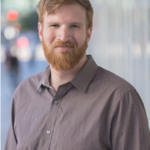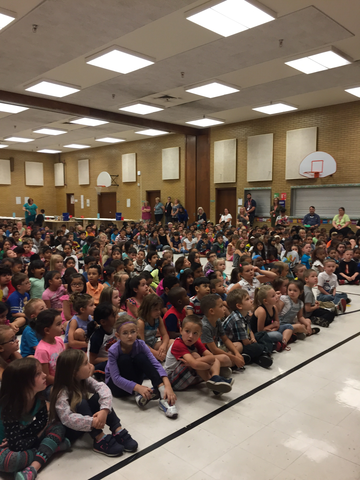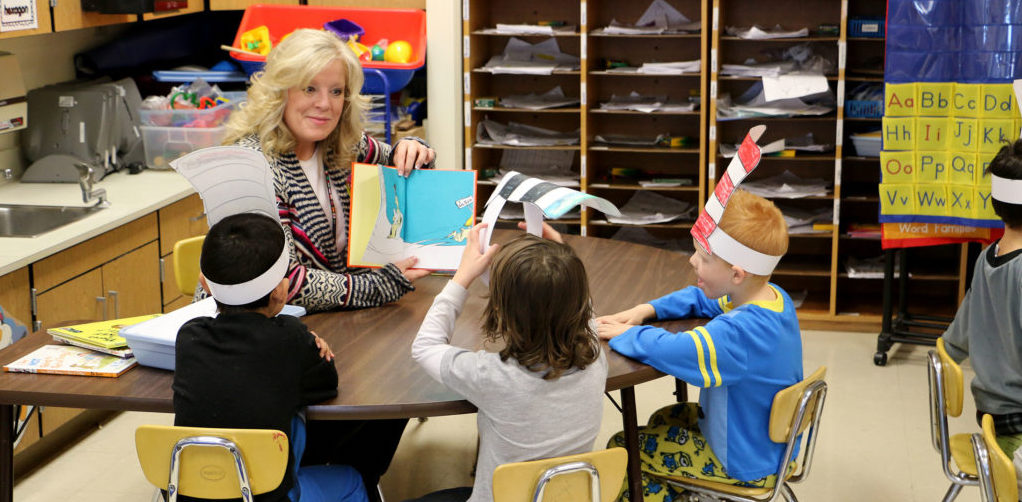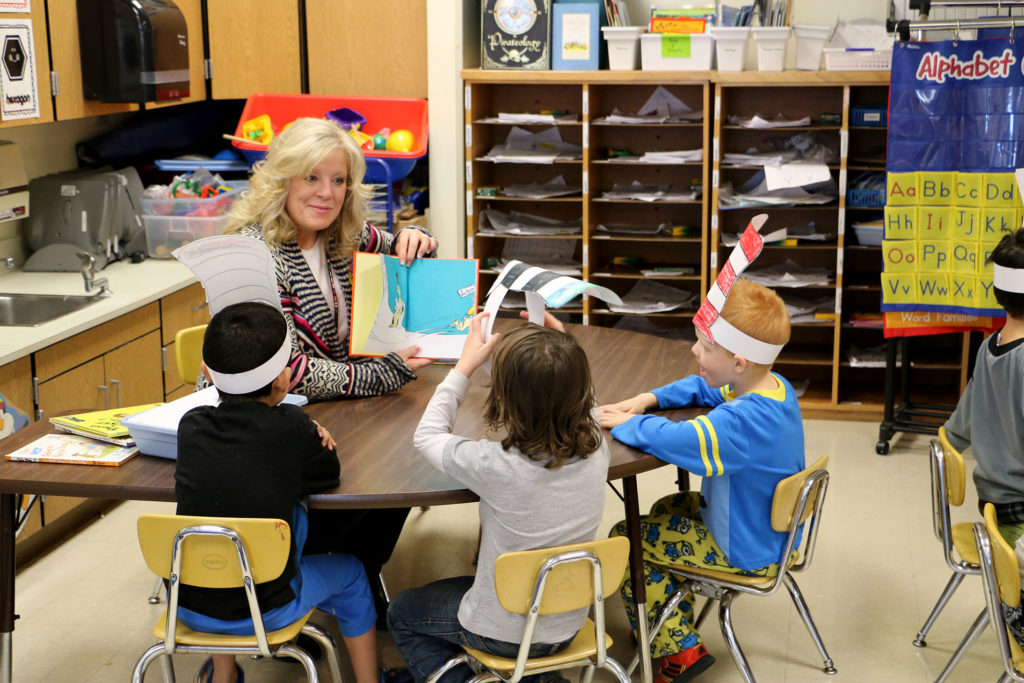
Strategy and Learning Coordinator
UWSL is committed to improving student outcomes and college readiness for all children in the Wasatch Front. This is big work. The kind of work no one organization or group of people can hope to accomplish on their own. UWSL recognizes this, and has embraced the philosophy of collective impact to model our work around the need for collaborative solutions to community problems.
Recently, administrators and staff at Lincoln and James E. Moss Elementary schools both chose to focus on chronic absenteeism among Special Education students. This selection was a great starting point for two reasons:
- Attendance data showed that special education students were more often chronically absent than other student groups – and in greater need of support
- The population size was small enough for an intervention to make a measurable impact quickly – allowing interventions to be tested, measured, and assessed rapidly
What is Chronic Absenteeism?
Chronic absence is a measure of how much school a student misses for any reason – illness, a family vacation, or other excused absences.
- Satisfactory absence rates: Less than 5% of classes missed
- At risk absence rates: 5-9%
- Moderately chronically absent: 10-19%
- Severely chronically absent: 20% or more than 36 missed school days in a year
It is intuitive that students need to be in class to move forward successfully in their academic careers, unfortunately in many instances high absence rates are recorded, but few interventions are able to drive the number of students struggling with chronic absences down. Efforts to improve student outcomes often must be targeted – strategically approaching the unique challenges of a certain student group instead casting a wide net to work with the whole student population.
At both James E. Moss and Lincoln Elementary the absence rates among students in special education programs has remained higher than among the general student population. However, through collaborative efforts between school and district staff, students, parents, volunteers and partner organizations — with UWSL as the backbone coordinating these amazing resources — this gap has been dramatically reduced over the past three years.
The change in these rates is shown below, with red boxes indicating the high and low point for chronic absences among the whole student population and for students requiring special education.
Dramatic improvements were made in the attendance rates among special education populations at both schools during this time. This raises the question: What was done at these schools between 2013 and 2016 that could account for these changes?
Interventions: Measuring what Works
Each school tried a variety of interventions to combat this problem, at the individual student, classroom, and school wide level, and the story behind these improvements reminds us of the power of personal relationships.
In both schools, the UWSL Community School Director partnered with Americorp staff in bringing the “Mentor for Success” program to their students, in addition to other interventions. These volunteer mentors created 1 on 1 relationships with students at risk of falling into chronic absenteeism. Mentors worked with students and their families to identify and address barriers to regular attendance. With mentor support these barriers were overcome for many students. This personalized attention provided the support these students needed – and their attendance rates began to climb.These improvements in attendance will help these students prepare for future academic challenges – likely improving their educational outcomes and opportunities through the rest of their academic careers.
What’s Next?
There is no silver bullet in this work — different groups of students need different interventions, and it most often takes a combination of interventions, carefully tested and measured.
However, by measuring and documenting what works well these programs can be adapted and adopted in new schools. This measurement data is what allows us to drive change, we can see what works and apply constant process improvement methods to make it work better. And that is exactly what we are doing with our amazing partners, students, and community members in these schools and other programs across the Wasatch Front






